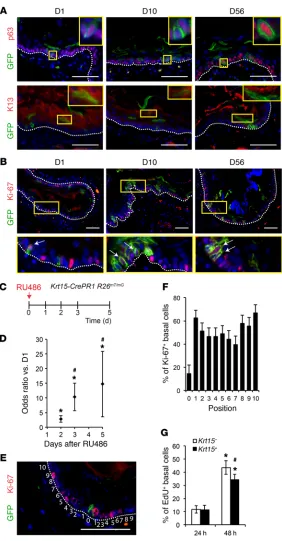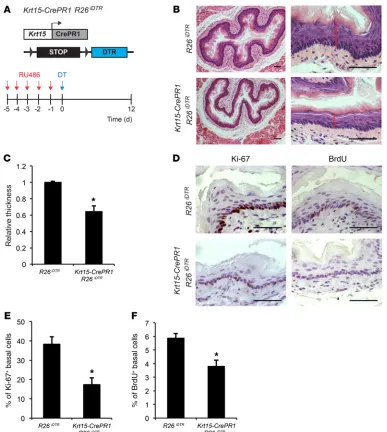Long lived keratin 15+ esophageal progenitor cells contribute to homeostasis and regeneration
Full text
Figure




Related documents
Quantian can be used directly, via various graphical interfaces, different programming interfaces, embedded, as part of distributed computing, ... Thanks to virtualization, users
tientes con fibrosis cystic del pancreas es multo Plus basse (jue illo del altere fractiones. Le sigmiification possibile de alterationes
It has produced a major cytogenetic response (less than 35 percent Philadelphia chromosome-positive cells in the bone marrow) in 24 percent of patients in the accelerated phase,
Difficulties encountered by GP registrars included the transition from hospital prescribing to prescribing in the GP context, judging how well they were prescribing and
Nevertheless, we found gender differences in all four di- mensions of self- and external perception, and demon- strated that female students performed better in all dimensions of
South -Asian Journal of Multidisciplinary Studies (SAJMS) ISSN:2349-7858:SJIF:2.246:Volume 3 Issue 4.. DOCTORS IN COURT- A BRIEF ANALYSIS
Among others, it provides important clarifications on the establishment of branches and the possibility to operate non-registered liaison offices, the contribution of
The results of the study showed that increases in leisure time, urbanization, tradition and fashion, past experiences, having private automobiles, arrangement of work hours,



